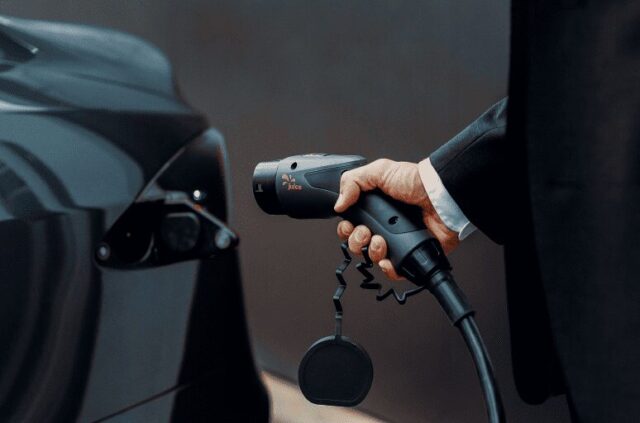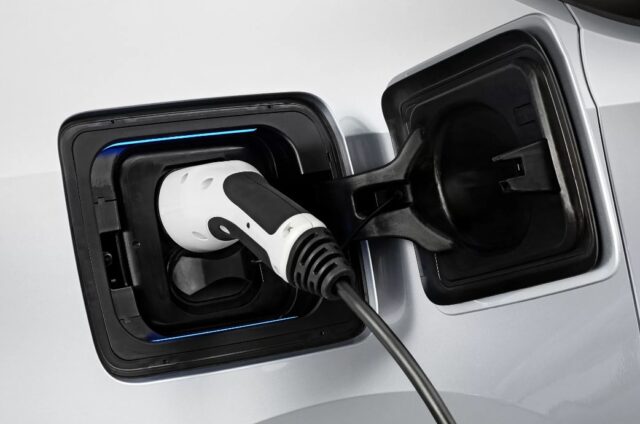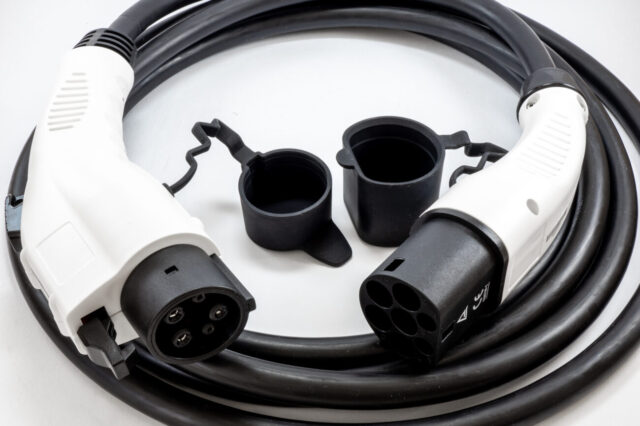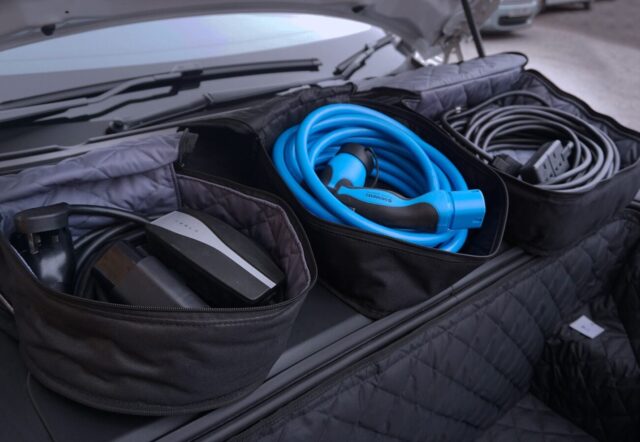
Electric vehicle (EV) sales have skyrocketed in the first six months of 2024. This has taken the estimated electric vehicle use to about 130,000 in Australia. Included in this estimate are 21,000 hybrids.
If you’ve opted to make the switch between your petrol car to a more environmentally friendly electric vehicle, you’re going to need a quality and durable charging cable. The most common recommendation is a type 2 charging cable that can be used at your home charging station or most public charging points.
EV Charging Cables—What You Should Know

Your EV charging cable is quite possibly the most important accessory you’ll need to keep your electric vehicle on the road. Are there different options out there? Does it matter which one you choose? Our experts take a look at what you need to know about choosing the right one.
Understand What a Charging Cable Is
Essentially, EV charger cables are designed to deliver power from a safe charging point to your vehicle. Public charging stations can either have their own attached cables, ready for use (known as tethered charging stations), or may require you to bring your own cable. To avoid being stranded at a charging station without a cable, it’s a good idea to invest in one and keep it in your vehicle permanently.
Know When You’ll Need a Separate Charging Cable
The most obvious reason for needing a separate cable is choosing to charge from a socket or charge point that doesn’t have its own cable attached. This is usually the case when you’re making use of an AC charge point on some public networks. It may also be required if you’re using a home charger that features universal sockets.
Understand the Difference Between Cable Types

EV charging cables aren’t complex but know that they’re not all the same. Typically, the cable connects to a charge point socket on one side and the vehicle socket on the other end. There are usually two types of charging cables namely Type 1 or Type 2, and you’ll pick one based on your car type.
Type 1 cables have a plug with a 5-pin design with a latch in place to keep the plug from becoming dislodged from the charger socket. Type 2 cables, on the other hand, have a 7-pin design that doesn’t have these latches. Rather, the vehicles requiring these cables have locking pins that secure the plugs in place.
Typically, the more common is the Type 2 cable since it has a universal plug connector. As triple-phase plugs, Type 2 cables can charge your EV faster.
Opt for the Right Length
It’s important to opt for a cable that is the right length. While it’s true that shorter cables are easier to store, longer cables offer considerably longer reach. Many EV experts recommend an average length of 7.5m to ensure you don’t struggle at a public charging station. Keep in mind that it’s not always possible to park right next to a charger.
Choose a Cable for Fast Charging
Always opt for a cable with a current rating of 32A. These types of cables will charge your car faster than the smaller 16A cable. Keep in mind though that it’s thicker and heavier to accommodate the extra current.
Since charging points are fitted with tethered cables, you won’t need a different cable to make use of a rapid charger. Opting for a fast charge will ensure that your EV is charged in a fraction of the time. This is an excellent option when you’re charging on the road and don’t want to spend too much time before hitting the road again.
Understand Safe Storage Options

Safe storage is vital to ensure that your EV charging cable stays in excellent condition. Some practical tips:
- If you’re storing your cable at your home charging station, it’s a good idea to attach the cable to a hook or dummy socket against the wall.
- Ensure that the cable isn’t lying on the ground or any place where it may possibly be exposed to moisture. Since cable hooks or hangers are available in different sizes, it’s super easy to find the size best suited to the length of your cable.
- You can also invest in an EV cable retractor which makes use of a spring-loaded tether to retract and store your cable after use.
- When traveling, be sure to keep the cable neatly stored in the boot of your car. Keeping it out of sight will reduce the risk of someone breaking into your car just to get your valuable charger.
Don’t Leave the Cable Plugged In
While it’s generally not harmful to leave your EV plugged in all the time, many manufacturers agree that this isn’t a good idea. To maximize your battery and cable’s life span, consider the manufacturer’s guidelines for both charging and storage. Taking the time to set up a safe and secure storage process will save aggravation and additional costs down the road.
Final Thoughts
When investing in an electric vehicle, always speak to your manufacturer or dealer about the various accessories that will make ownership and maintenance less stressful. Be sure to invest in a charging cable for those times that you’re traveling to unfamiliar areas where you may not be familiar with the charging stations.
It’s also an excellent idea to invest in a portable charger to avoid being stranded. The right accessories will determine whether or not owning an EV lives up to your expectations.







